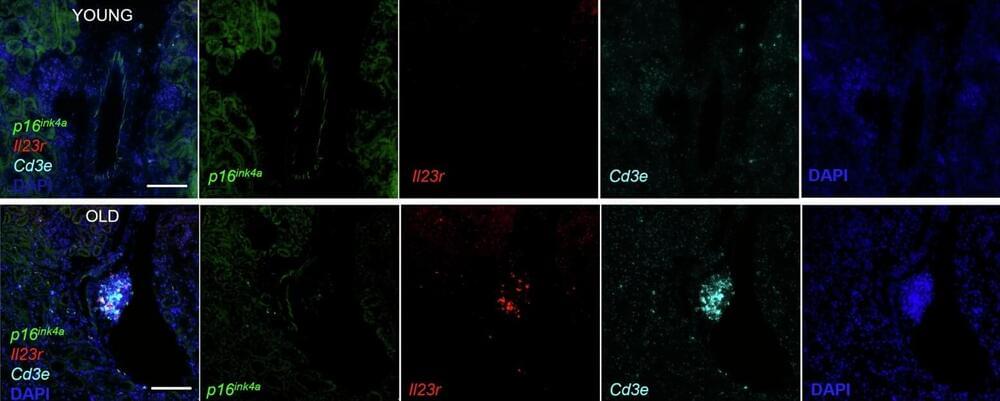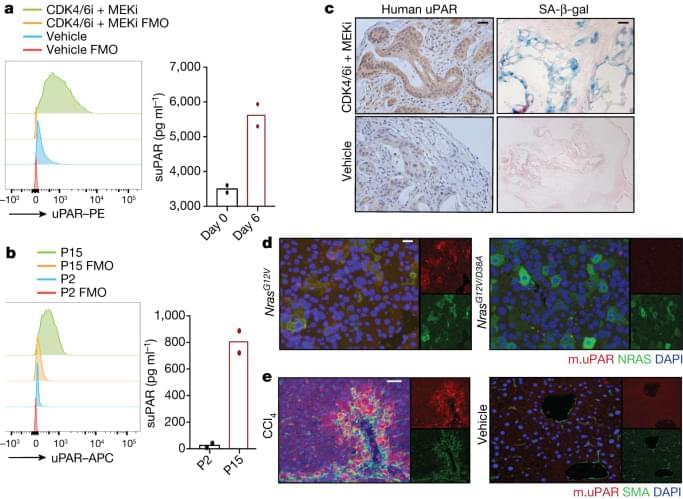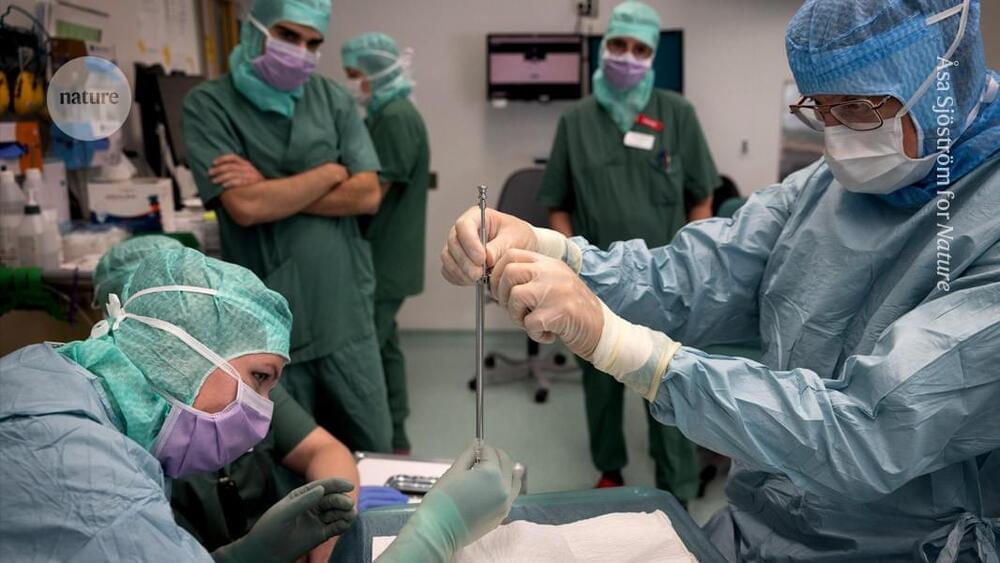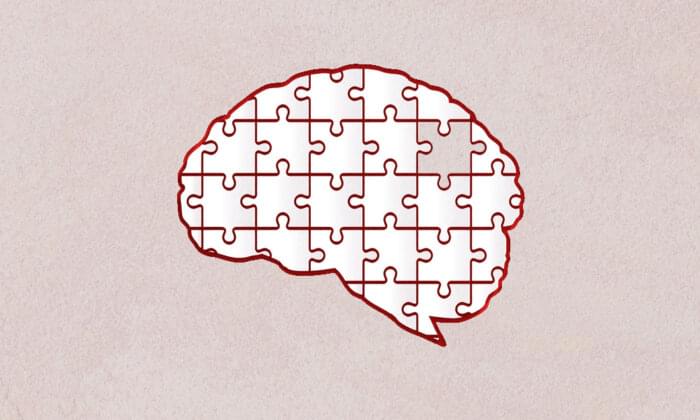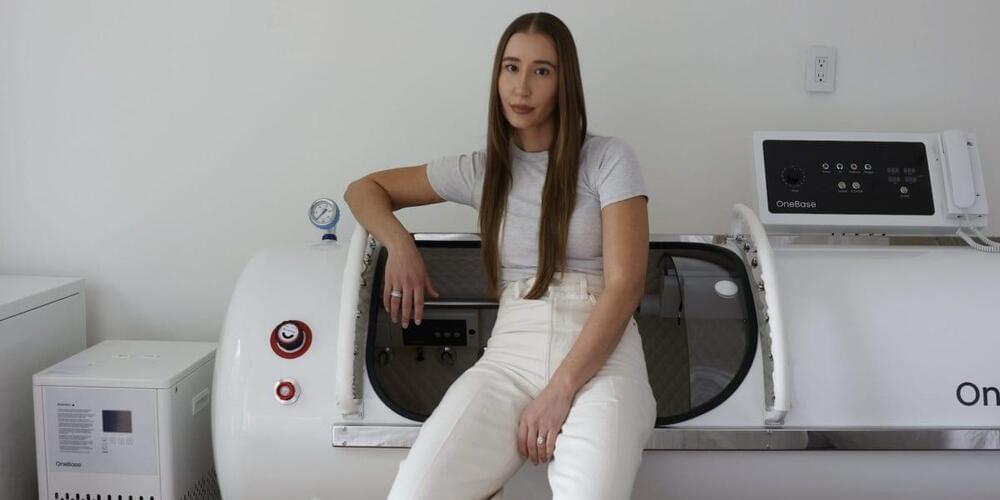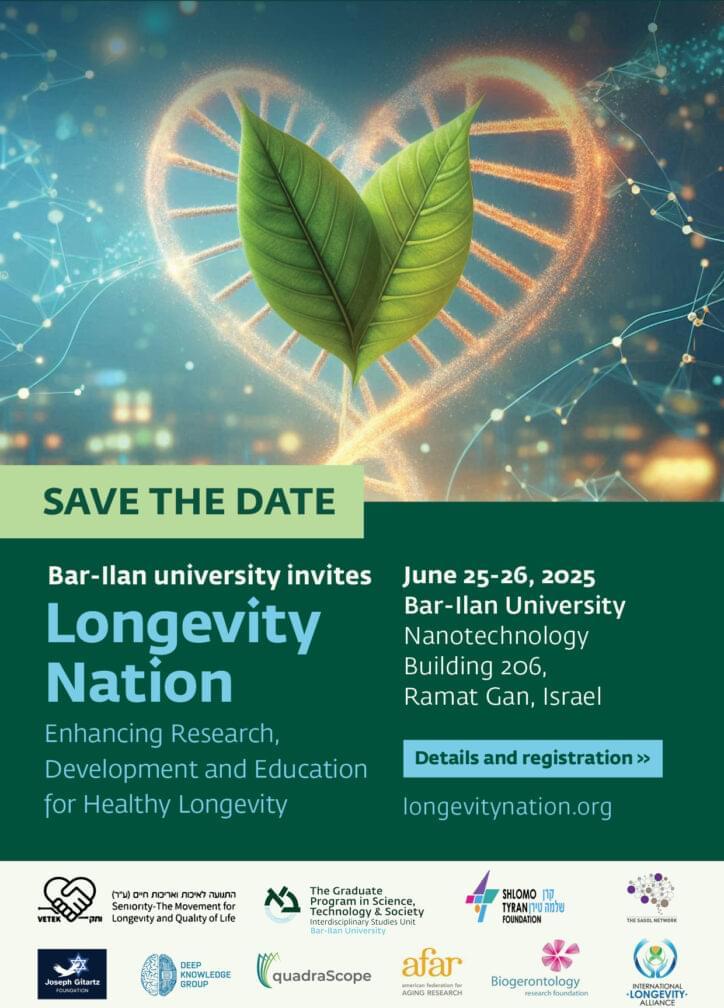Mayo Clinic researchers have identified interleukin-23 receptor (IL-23R) as a significant biomarker of cellular senescence and aging in both mice and humans. Experiments show that IL-23R levels in the bloodstream increase with age and can decrease, reflecting senescent cell clearing, with senolytic therapies.
Cellular senescence occurs when cells stop dividing but do not trigger apoptosis mechanisms that would allow them to die naturally. Instead, they are stuck in a zombie-like state, where they still have the urge to feed and carry out metabolic activities, but with increasingly incoherent cell signaling and increased pro-inflammatory cytokine secretions.
Senescent cell activity has been linked to several age-related diseases, including those of the immune, cardiovascular, metabolic, pulmonary, musculoskeletal and neurological systems.
